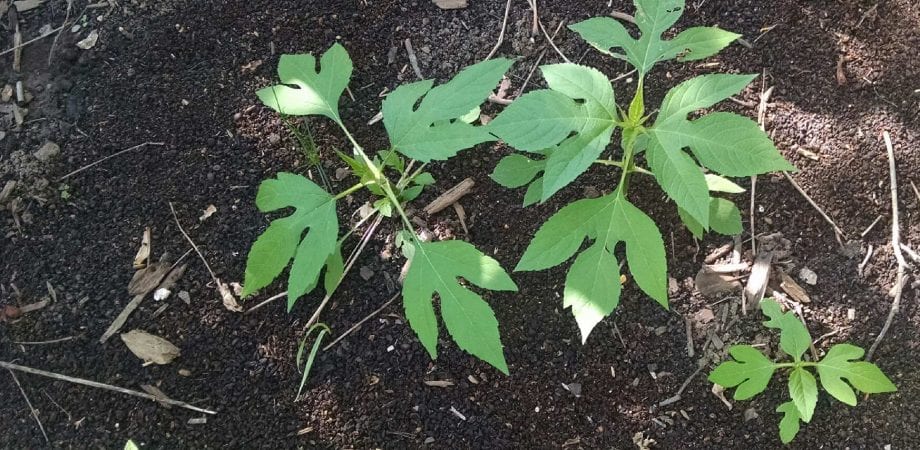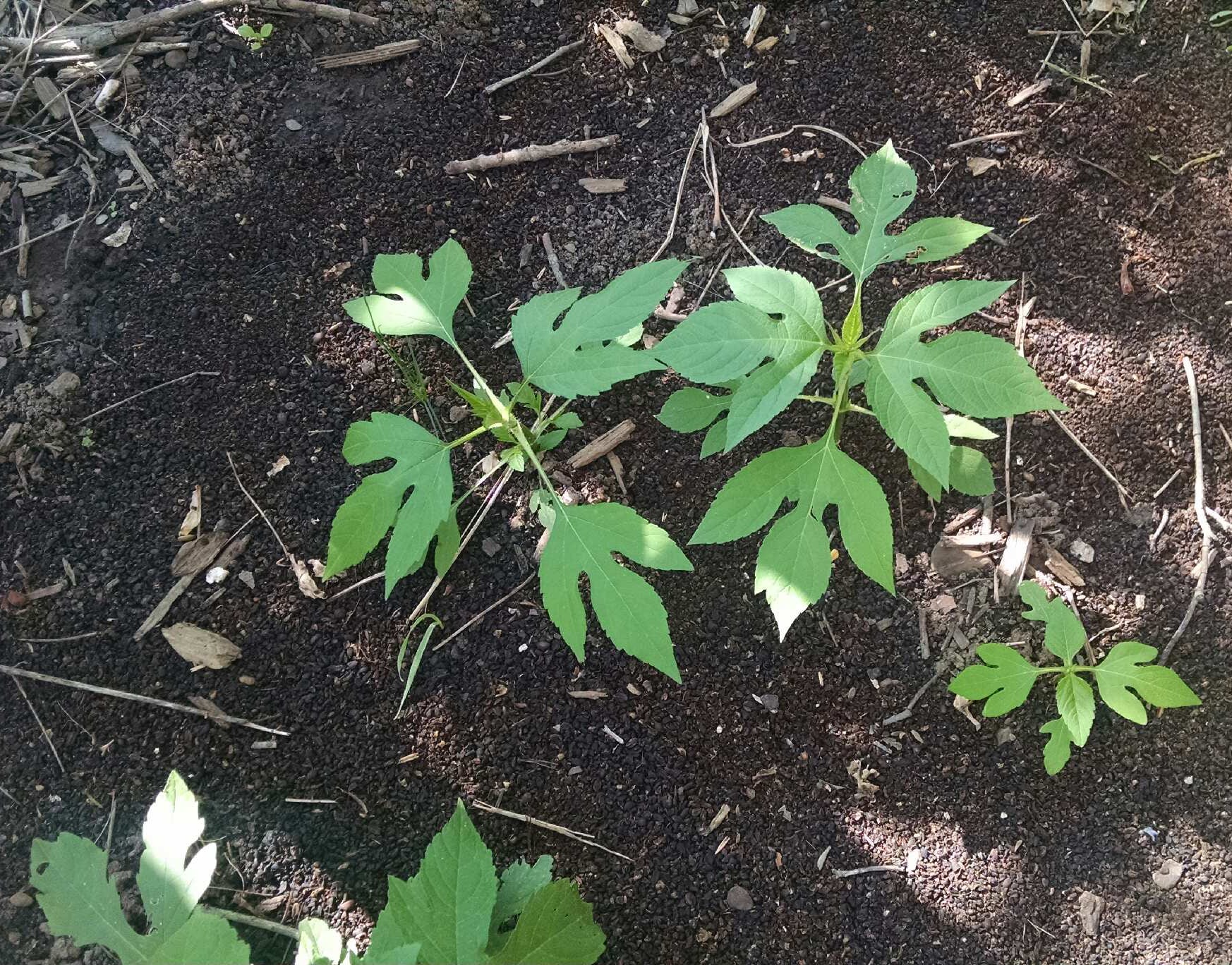Glyphosphate Resistant Weeds And How To Minimize Resistance

Fortunately, for those of us in the landscape industry, glyphosate resistance has not affected us like our brothers in agriculture. Some people working in industrial vegetation control have probably seen glyphosate-resistant marestail (horseweed), but I am betting a lot of people don’t realize kochia, common ragweed and giant ragweed are all dramatically effecting the cost of weed management.
 |
| This happens to be giant ragweed in my front landscape bed. Is it resistant? Time will tell as it will be sprayed with glyphosate soon. |
Farmers that were spending under $20 per acre are sometimes spending $100 or more, while still struggling to manage herbicide resistant weeds. Why is this happening? It’s happening because nature finds a way. Resistance started long before the agriculture industry figured out how to genetically modify row crops. Unfortunately, though, when glyphosate resistant crops hit mainstream agriculture, a whole lot of natural (maybe) selection started happening. Weeds like marestail and variants of pigweed (Palmer amaranth and waterhemp) can produce anywhere from 200,000 to a million seeds per plant. With all these seeds, there is bound to be a few mutants that can stand up to various herbicides.
What does all this mean to those of us in the green industry? It means we should learn from the mistakes of our agriculture brethren, so we don’t exasperate the issue. A lot of agriculture has moved away from old school cultural practices like tillage, cultivation and extensive crop/product rotation. Fortunately, the landscape industry has a lot of “built in” cultural practices that are helping us avoid similar weed challenges. We mow our weeds in the lawns, which keeps them smaller and thus more susceptible to our control products. Furthermore, we do things like mulching and hand weeding in beds, which are not the most practical when you’re dealing with the hundred acre fields of agriculture.
However, crop rotation is where agriculture has an advantage. It’s doubtful our customers will want us tearing up their lawns and landscapes every few years just to keep freak weeds at bay. So, what do we do? We need to keep in mind good strategies for rotating our control products and methods in an effort to minimize weed resistance.
- It starts with properly timed and quality pre-emergence products that are labeled for the weeds that plague us the most. If winter annuals are your nemesis, then spring applications alone will likely not do the job. Consider a late summer or fall application of something labeled for winter annuals.
- In the event you need to spray post-emergently (and you will) keep in mind switching “brands” certainly doesn’t mean you’re changing active ingredients. If I had a dollar for every branded product that contains glyphosate, well then I would have $7 for the ones listed in our catalog alone. There are hundreds of other glyphosate products.
- Since, there are hundreds of glyphosate products, it is important to also mix up the mode of action on how a herbicide works to kill the weeds. For us, this frequently means using a contact style product, which burns the green tissue verses destroying it systemically like glyphosate. It’s not uncommon to have premixed items that will attack weeds from multiple ways (Think Roundup, Quikpro or Razorburn).
- Proper weed identification and life cycle awareness are also very important, so we don’t use the wrong items. Reading product labels and the advice of your Advanced Turf representative can help.
If you do come across some weeds that just don’t die after being sprayed with glyphosate (AKA Roundup), it may be a good idea to inform someone from your local university. Then, get out your hoe or start pulling. In full discloser, I happen to have grown up on a farm. Hence, I want you to know I am not picking on agriculture. My only intention is to help our industry avoid these weeds!
For a list of known glyphosate resistant weeds click here:
http://weedscience.org/summary/moa.aspx?MOAID=12
For a good source of Weed identification click here:
http://weeds.cropsci.illinois.edu/weedid.htm
Tim Yingling
ATS Sales Representative







